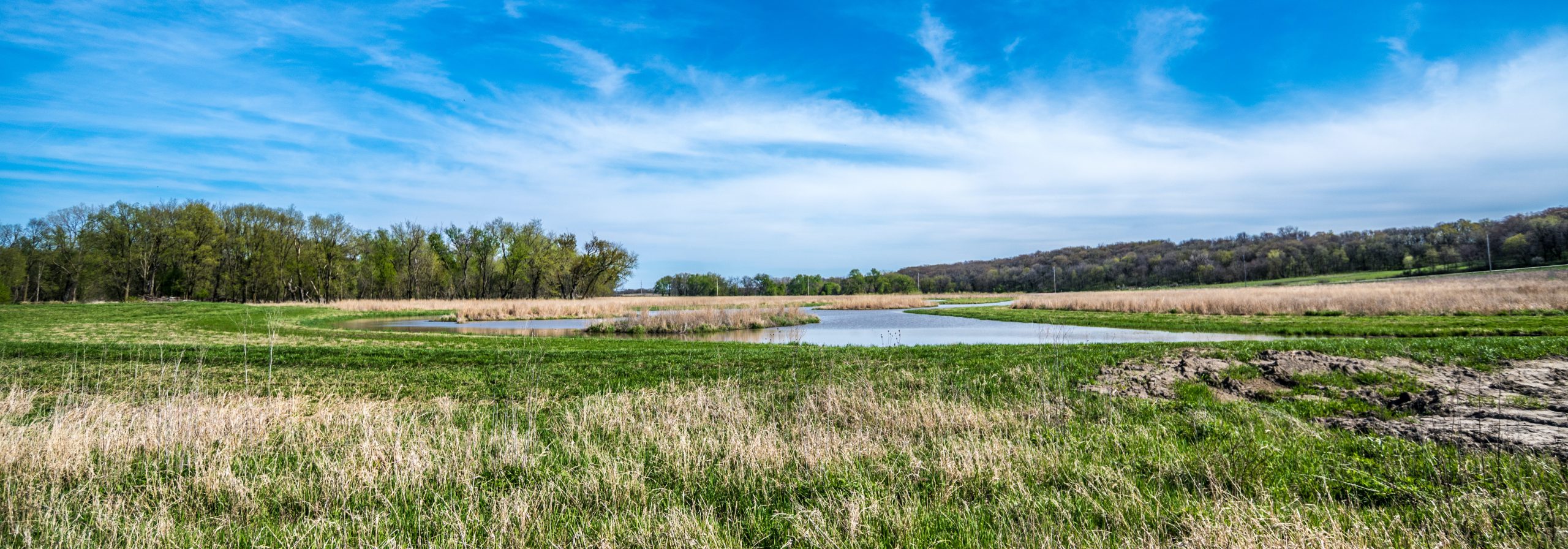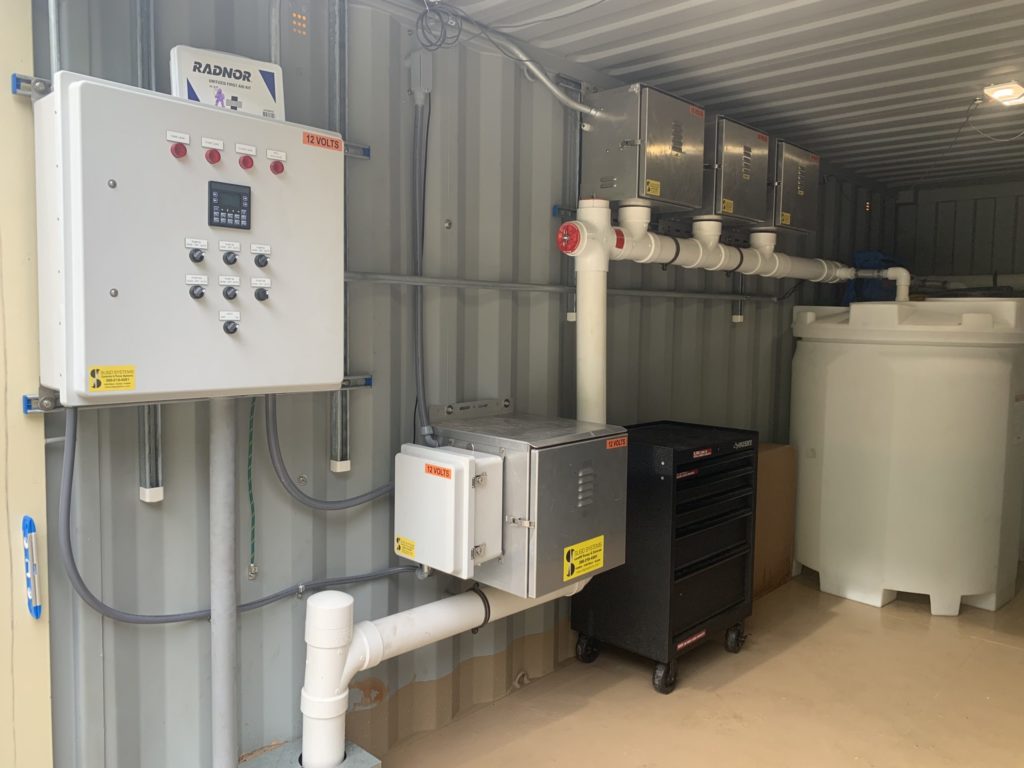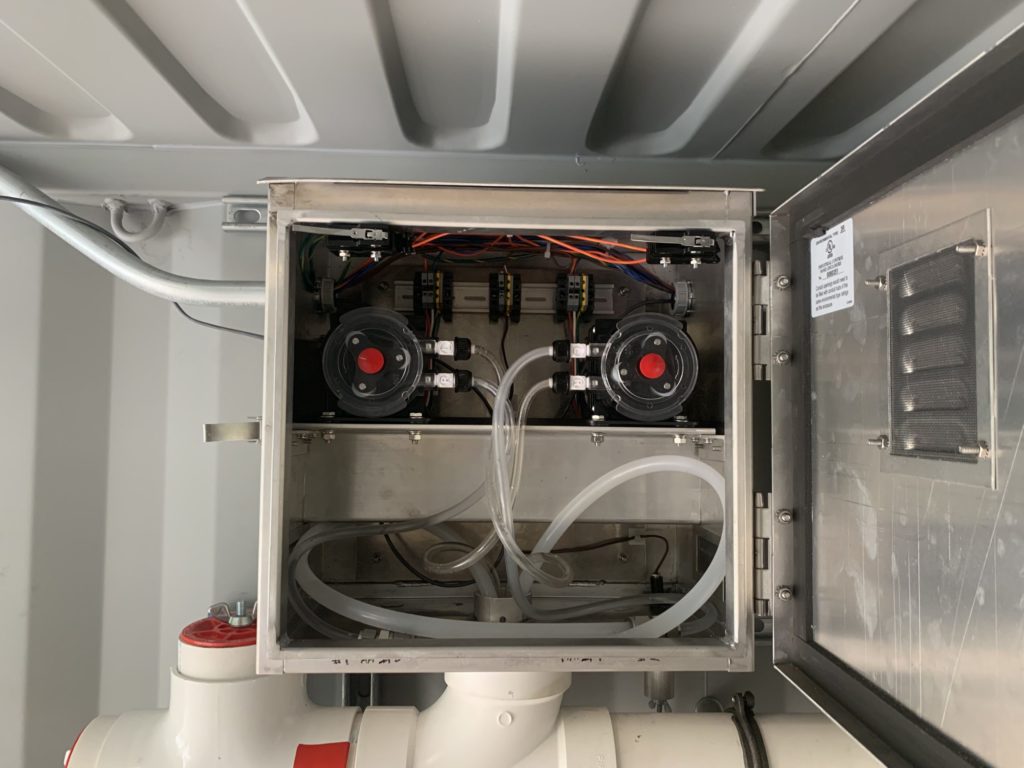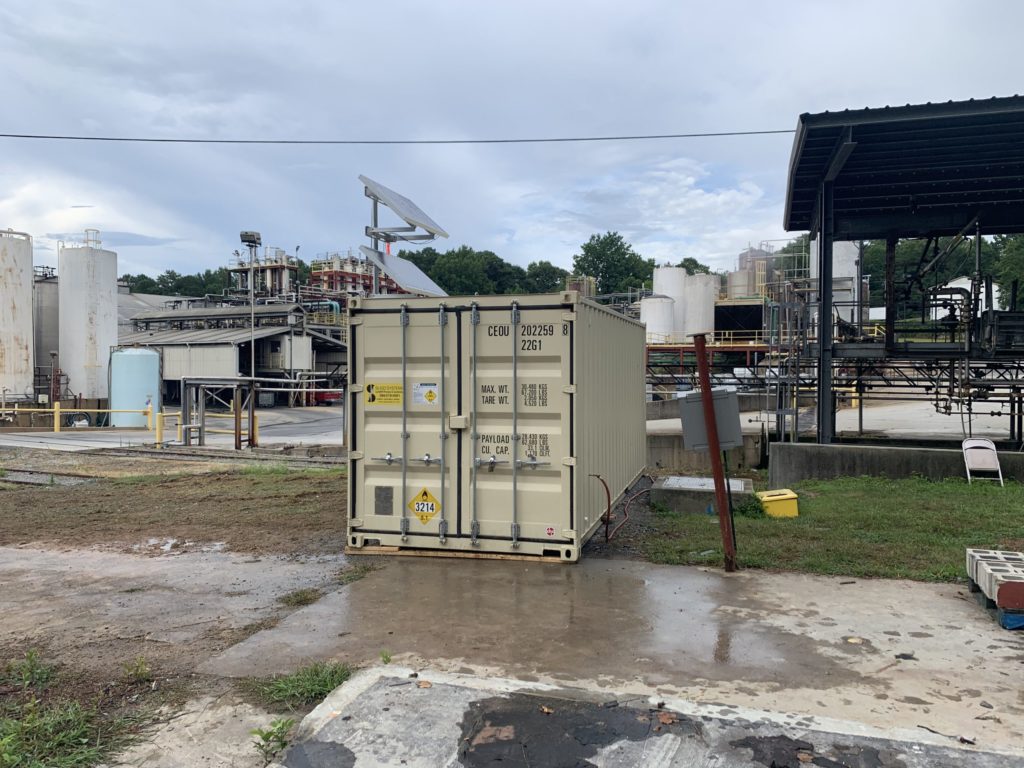Emergency Response Actions at Arctic North Warning System Radar Station
Confidential Client – Arctic Emergency Response Action, Wastewater Treatment System Design, Construction, Installation, Testing, Optimization […]

Design and Operation of Automated Low-Volume Chemical Oxidant and Buffering Remediation Systems at a former Chemical Manufacturing Facility to address Recalcitrant Chlorinated Solvents and Enhance Biodegradation of Low pH Groundwater
Weaver Consultants Group’s (WCG) Remediation Services team provides turn-key remedial services from strategy discussions through design, construction, and Operation, Maintenance, and Monitoring (OMM) at a Former Chemical Manufacturing Facility. Several intricacies make the Site particularly challenging, including the subsurface geologic heterogeneities and structural features, both acidic and basic groundwater pH conditions, on-going operations, and a complex suite of Constituents of Concern (COCs), including Tetrachloroethene (PCE), Trichloroethene (TCE), Formaldehyde, and Cis(2-chloroethyl) ether (BCEE). Clean-up strategies are focused on remediating groundwater impacted with recalcitrant Chlorinated Volatile Organic Compounds (CVOCs) and adjusting very low pH groundwater to enhance biodegradation of BCEE and formaldehyde.
The primary goal for this project is PCE source area treatment to mitigate the potential for contamination of downgradient surface waters hydraulically connected to shallow groundwater. To better understand the hydrogeologic complexities at the Site a tracer study program was implemented using Rhodamine WT (RWT), Eosine (EOS), and Fluorescein (FLS) for tracing groundwater in the treatment areas. Groundwater tracing and monitoring are being used to identify and confirm groundwater flow paths downgradient of PCE impacted soil source areas being treated. Monitoring data collected as part of the study enables analysis of solute transport time, direction, and future associated contaminant transport processes and closure monitoring concepts.
WCG designed, constructed, and operates a Low-Volume Chemical Oxidant Injection (LVCOI) system to treat the PCE impacted groundwater. The LVCOI system is designed to run 24-hours per day, 7-days per week, injecting target volumes of approximately 1-gallon per well per day of a 5-10% sodium permanganate. The LVCOI system has a Programmable Logic Controller (PLC) and remote monitoring telemetry to enable injection of a volume of oxidant solution unique to each injection well several times per day. The PLC incorporates wireless telemetry, including security cameras, to monitor and control the system remotely. The LVCOI system design enhances the distribution of oxidant daily, maintaining a highly oxidative state in the subsurface year-round.
Groundwater beneath the central area and southern portion of the Site is characterized by BCEE, formaldehyde, and varying pH. The higher concentrations of BCEE are collocated with formaldehyde in areas characterized by a lower pH. Low pH conditions may be inhibiting the natural degradation of formaldehyde and BCEE. WCG performed a series of pH buffering tests to better understand and evaluate the efficacy of injecting solutions into the groundwater to increase pH to enhance the biological degradation of formaldehyde and BCEE. Through WCG’s experience and continued optimization of designed systems, an innovative approach is planned for the injection of the dilute buffering agent into injection wells using low volume chemical injection technology to address the low pH groundwater. The primary objective of the pilot chemical buffering program is to evaluate the efficacy of utilizing low volume chemical buffering injection (LVCBI) to expedite the remediation of pH impacts in groundwater. The conceptual pilot LVCBI program includes the design and implementation of an LVCBI system to inject approximately 1- to 2-gallons per day (GPD) per well of a dilute buffer in up to sixteen new injection wells to adjust low pH groundwater to neutral conditions.


